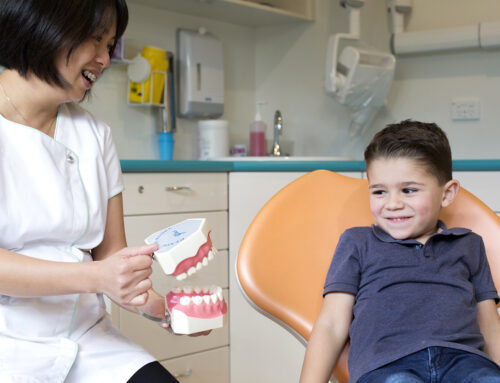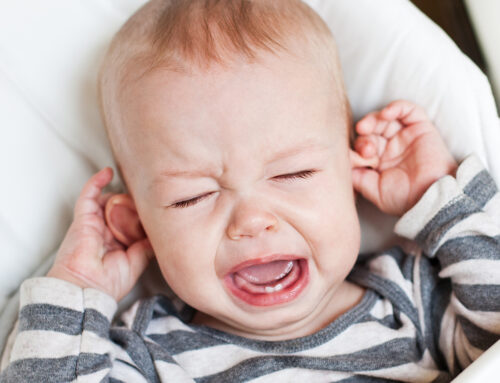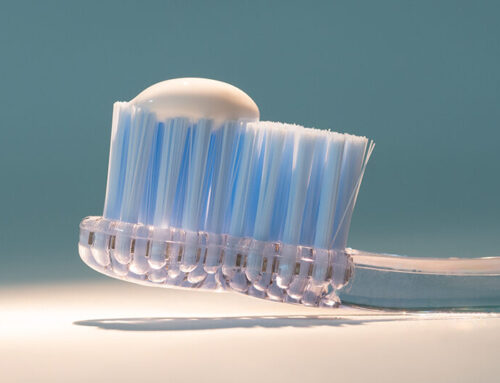Tooth brushing either with an electric toothbrush or manual toothbrush helps physically reduce plaque build up in our mouths. There is evidence revealing that electric toothbrushing may assist with reducing plaque build-up provided that it is used correctly. Thus, electric toothbrushes are generally recommended for adults who have already developed the correct dexterity in toothbrushing appropriately.
Children usually will require assistance with their tooth brushing and flossing. As a parent, if you are choosing an electric toothbrush for your child, it is important that you are familiar with how to use the electric toothbrush correctly yourself before teaching your child. Electric toothbrushes can sometimes be used to motivate kids as they can be interesting and interactive. Manual toothbrushes can also help reduce plaque build-up provided children know how to use them correctly i.e. circles around the gum margins not “scrubbing” across your teeth and gums.
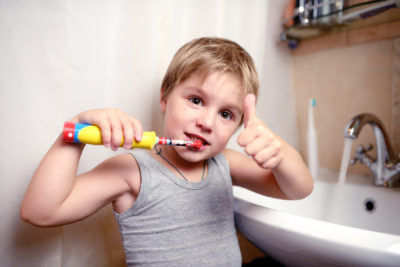
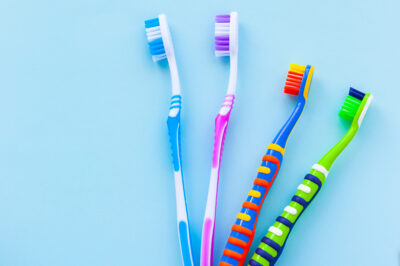
Most of the time the best thing to do is ask your child what they would prefer. Some children may find electric toothbrushes appealing, yet others can find it uncomfortable and even scary. When your child finds their favourite toothbrush, they’re more likely to develop good oral hygiene habits that stay with them for life. If you’re entirely unsure, keeping up with your child’s regular dental appointments every six months will allow your child’s dentist to give any feedback on your child’s toothbrushing and technique.
Below you will find a couple of videos that show you the different techniques needed for using an electric toothbrush vs a manual toothbrush.
Still confused on what toothbrush to use for your child?
CONTACT US on 03 9372 8960 to talk to one of our team members who will be happy to assist you.
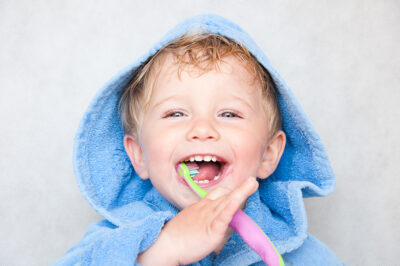
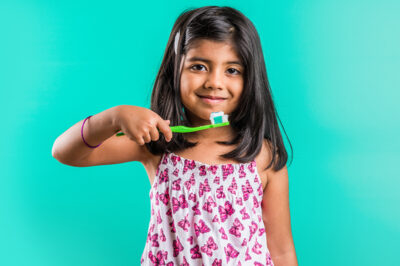
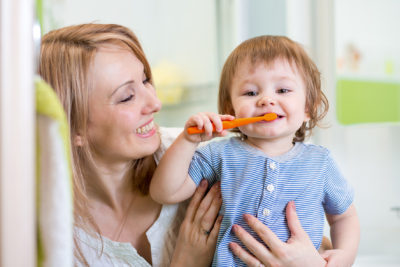
OUR TOP TIPS FOR CHOOSING A TOOTHBRUSH:
1. The most important thing to consider with toothbrushing is not the type of brush used, but the time taken (2 mins!), how often it is occurring (twice a day!), and if the correct technique is used!
2. All rechargeable Oral B electric toothbrushes have internal timers (they pulse when they reach 2 minutes) – so if your child is a quick brusher, this might help extend the brushing time.
3. If choosing to use an electric toothbrush before the age of 8, consider alternating between manual and electric toothbrushes to further allow the manual dexterity to develop with manual brushing.
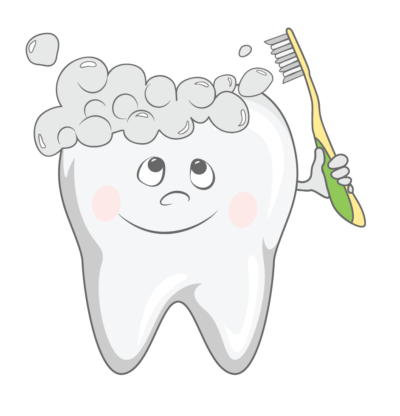
OUR FREQUENTLY ASKED QUESTIONS!
USEFUL DENTAL RESOURCES AND FURTHER READING
A few articles for some further reading before selecting the best toothbrush for your child:
https://oralb.com.au/learn/Life-Stages/find-the-right-electric-toothbrush-for-your-child/
https://www.betterhealth.vic.gov.au/health/conditionsandtreatments/toothbrushing-children
Thanks to our wonderful Oral Health Therapist, Carlee.
She works at the Essendon clinics in Napier Street and Buckley Street.
If you would like to talk to her or any of our amazing team, about this or any other questions you may have, please contact us on 03 9372 8960.

